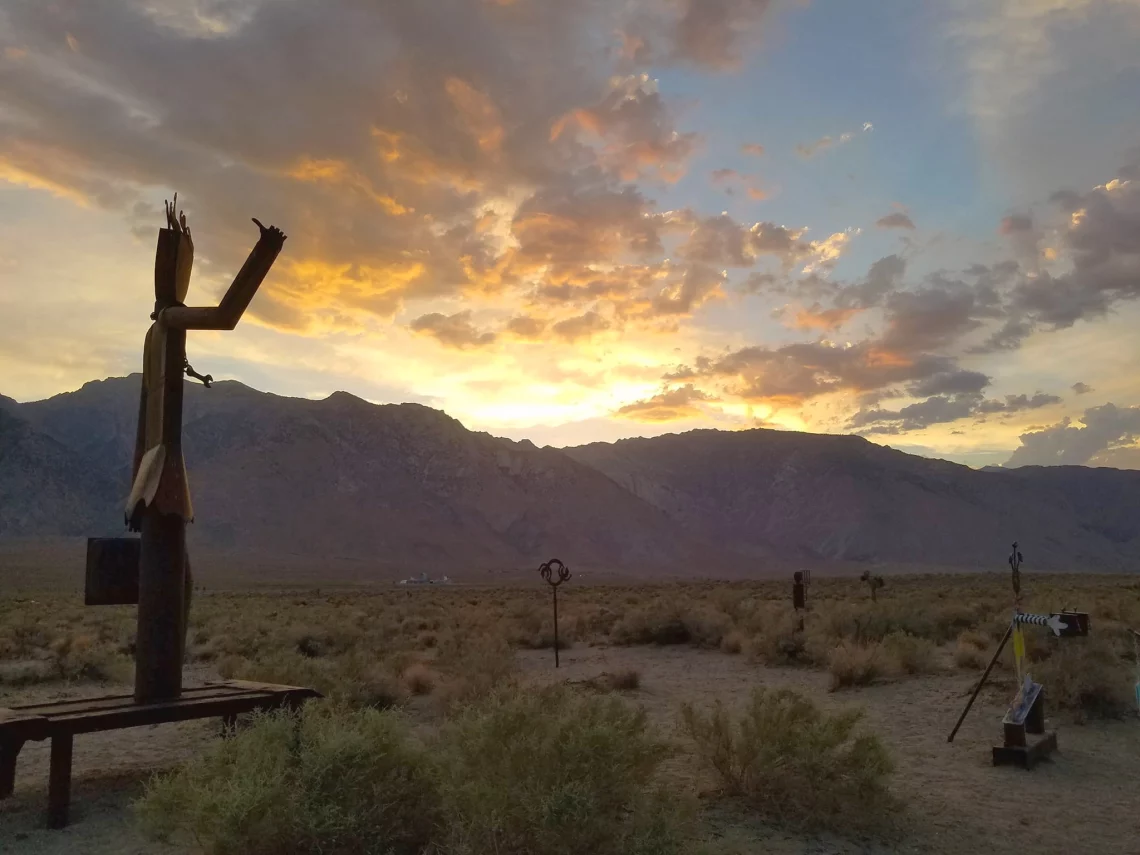
Welding: A Dive Into the Unconscious.
The following interview took place in 2022. I learned about the work of Jael Hoffmann through my friend German artist Günter Ludwig and their cooperation, which resulted in the publication of a booklet titled “JAEL arabesque dans le desert.” The interview is a fascinating long journey to Los Angeles and the California Deserts where she lives and creates her sculptures.
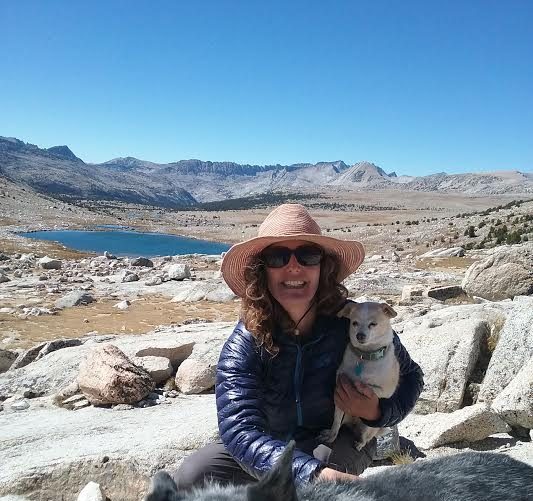
AP: You are a self-thought metal sculptress. What made you start sculpting, and why did you choose metal as your primary material?
JH: It all began with silversmithing. I made jewelry and, one day, found myself making miniature sculptures. The dimensions grew when I realized that a large sculpture could not be ignored that easily, and if there’s a pertinent message, I’d like it to invade space.
AP: To your latest sculptures, you inlay glass to your metal. Why is glass such a triggering material for you, and what are the difficulties of combining two heterogeneous elements?
JH: There’s something to the ‘see-through’ warm quality of glass next to a dense cold material such as metal. I was given a lot of colored glass about a year ago and just loved playing with the effects these two very different materials had on each other. I use the stained-glass method to attach glass to metal and found, to my surprise, that it is a strong connection, lasting over 10 years, and counting. The challenge lies in cutting out the metal just so that the glass fits tightly.
AP: You live in east California between the Sierra Nevada mountains and the desert. That is the natural environment where you openly exhibit your work. What’s the feedback you get from the people and the members of the local community who visit your Sculpture Garden? Which is the most memorable reaction you can recall?
JH: I love meeting people at my sculpture garden and chatting art and life. There are too many memorable experiences to recount. One person made a tattoo with one of my sculptures, and another told me they didn’t like sculpture work before visiting the Olancha Sculpture Garden. I also like learning about other people’s vantages and stories.
AP: The Olancha Sculpture Garden is a life-lasting project. Would you like to tell us a few things about this project?
JH: The Olancha Sculpture Garden started in 2010 with ‘The Hitchhiker’, the tallest sculpture in the garden (15 feet). I ran out of space around my workshop, and so decided to place the sculptures close to the highway. There never was signage, nor is there now, so that only seekers would be able to find access to it. As a reward, I made a sculpture
JH: that’s an anonymous gift exchange. Based on items I find in the Give part of the sculpture, I know that the sculpture garden is frequented on an almost daily basis. One of my favorite sculptures is ‘Tzu Jan’. It is based on the Buddhist concept of constant change, with our internal and external experiences not being that different. It’s of a figure with fish feet, bird hands, mountain hair, and a rock as a face.
AP: There is an upcoming exhibition with your work. Would you like to tell us a few things about it?
JH: The exhibit that is currently displaying my and painter John Hamilton’s work is taking place in Bishop, CA at the C5 Community Arts Center. There are about 15 of my pieces on display, a mix of old and new. The sizes of my sculptures at this exhibit vary from 1 – 6 feet in height. I’ve included more abstract playful pieces with glass inlays in this exhibit. Most of my work is figurative, which tends to be quite thought-out, but I also find pleasure in playing with shapes until something ‘sticks’.
Photos: curtesy the artist / © Jael Hofmann
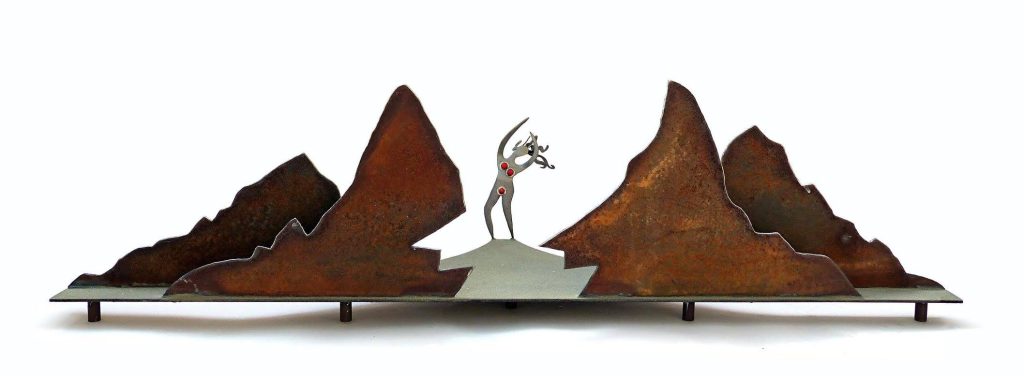
#athinas
Become part of athina’s team! Share your works, enthusiasm, and opinion about visual arts.
follow us

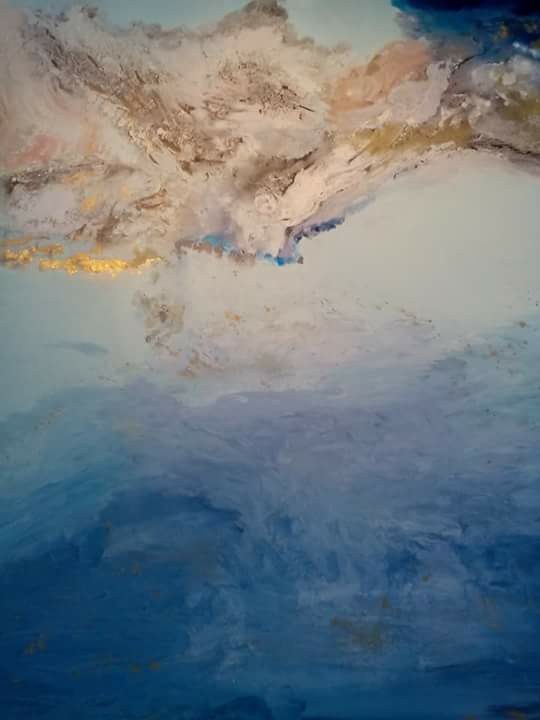
You May Also Like
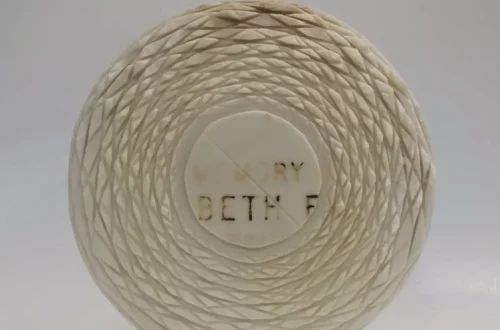
Burial Marks
6th June 2022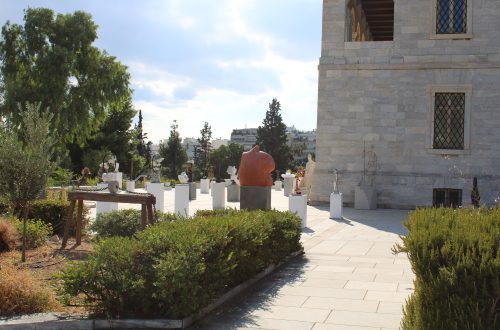
Sculpting life and myth
24th September 2021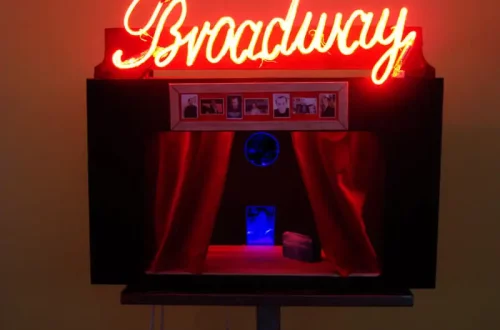
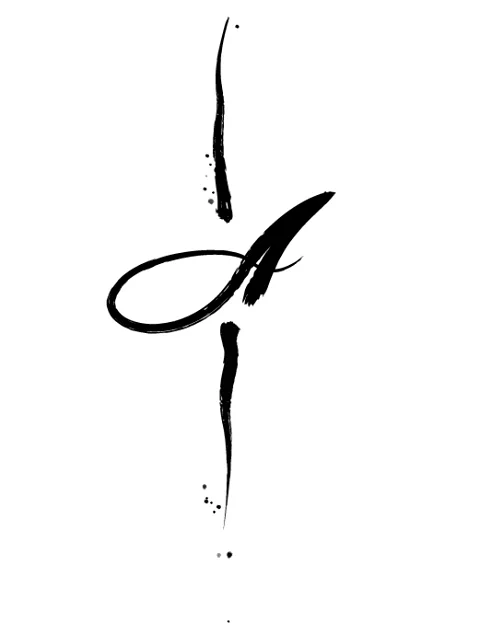
 When you visit any website, it may store or retrieve information on your browser, mostly in the form of cookies. This information might be about you, your preferences or your device and is mostly used to make the site work as you expect it to. The information does not usually directly identify you, but it can give you a more personalized web experience. Because we respect your right to privacy, you can choose not to allow some types of cookies. Click on the different category headings to find out more and change our default settings. However, blocking some types of cookies may impact your experience of the site and the services we are able to offer. For more information please read our
When you visit any website, it may store or retrieve information on your browser, mostly in the form of cookies. This information might be about you, your preferences or your device and is mostly used to make the site work as you expect it to. The information does not usually directly identify you, but it can give you a more personalized web experience. Because we respect your right to privacy, you can choose not to allow some types of cookies. Click on the different category headings to find out more and change our default settings. However, blocking some types of cookies may impact your experience of the site and the services we are able to offer. For more information please read our